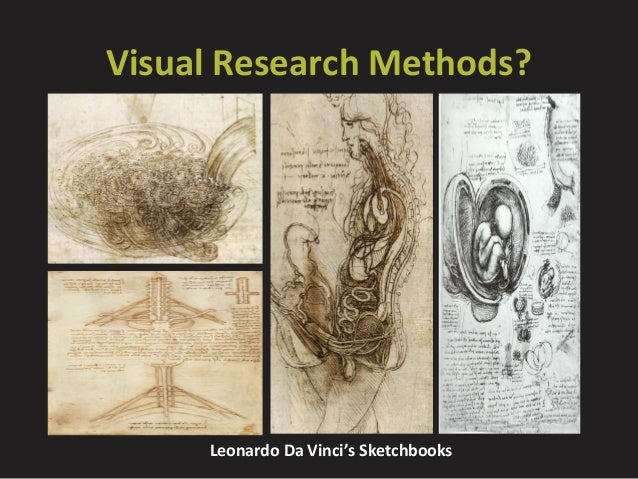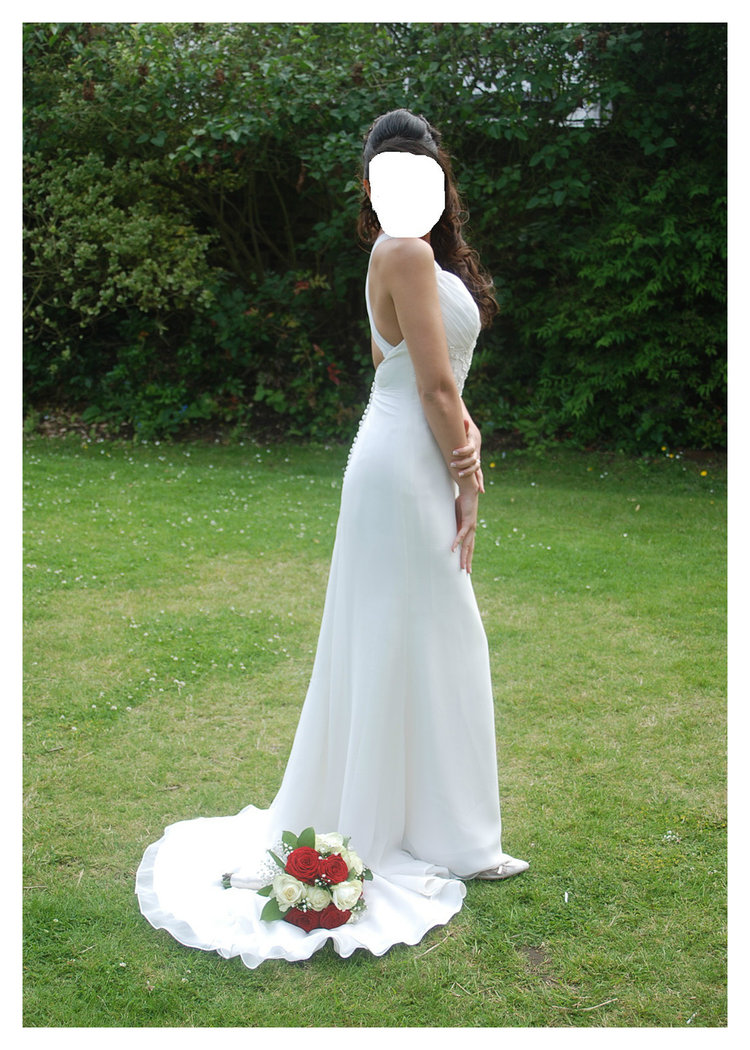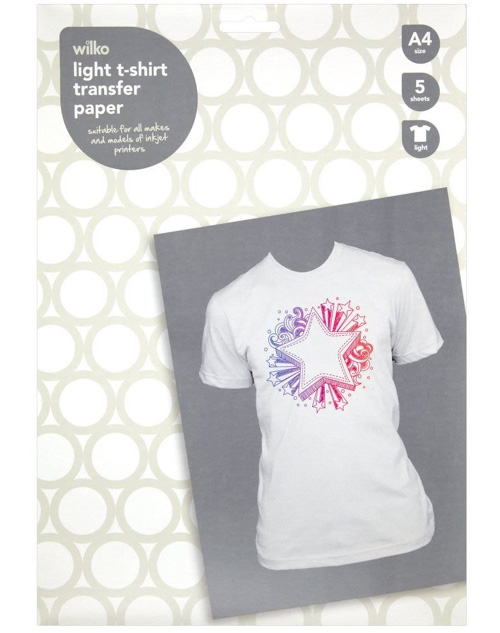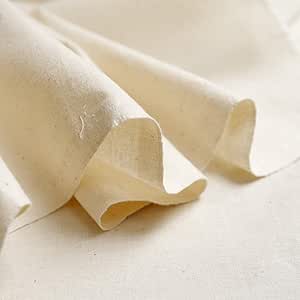Please note that this post is just an example for the pre-masters students only!

Introduction to research for creative arts students
What research methods have you employed for this project and why?
My research methods so far for this project have been secondary research - all my sources were from the internet or from books.
I have employed this in the following posts:
- Helen Chadwick
- Materiality and the Image
- Materiality and the Image: Project Sign Off
- Further Research: The Turin Shroud
- Object Lesson: Saint Veronica
- Welcome Post
In terms of primary research - I have created a prototype and researched the materials and techniques I needed for these
- Experiments with Materiality: Equipment & Techniques I
- Experiments with Materiality: Equipment & Techniques II
What have you researched and why was this important? (i.e. how did it inform your work?)
Using both primary and secondary research I have been able to explore my subject through looking at the background inspiration - this was Saint Veronica and the Turnin Shroud to consider how I might use these as a springboard for my own ideas.
I then went on to add further research by looking at the work of Anselm Keifer, Helen Chadwick, Natasha Caruana and consider how they approached their work and what techniques they used.
This meant that I could then experiment with the techniques of Decal and using photographs on fabric. Chadwick used a different technique by exposing the image directly onto wood using a light sensitive photo paint - the decal using a transfer method which was possible working from home with a printer and physical materials.
What further research methods do you intend to use and what will you research?
I will need to do the following research:
Target Market Research - looking at who would be interested in my work and how I would get my work seen by the right audience. I will need to look at demographics and the art market
I could also do some Qualitative research to find out opinions about my work when I am closer to completing this.
I will be also looking at further concept research on Ryan Foester and Israel Regardie and the Golden Dawn.
I will then also explore further how I might display the work on my website in more creative way using digital tools.
As artists and designers we develop and grow through practice-based research and this is what I am incorporating here using a variety of methods




























